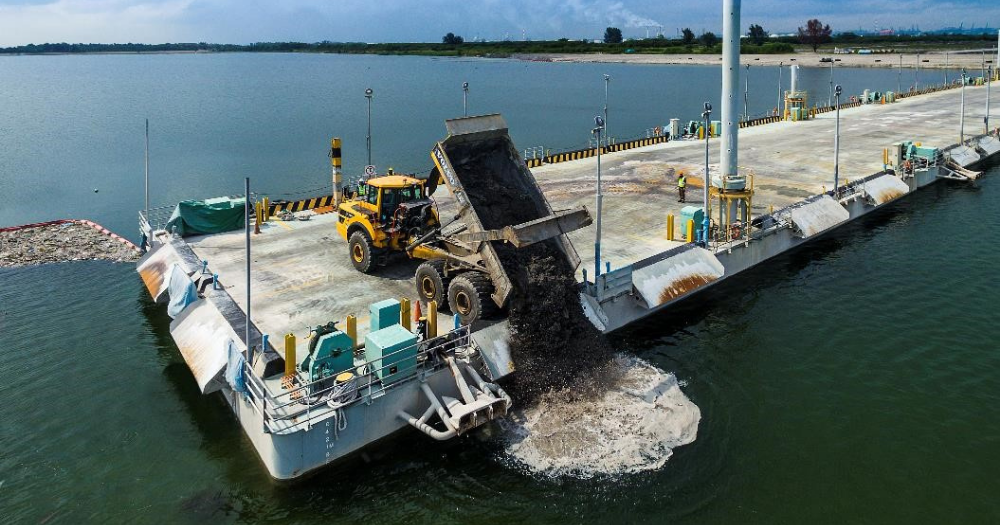
Wound. The wounds have healed now There is no sign of pain A break free through the deceased rust But the scars will forever remain More wounds show up in time Aggravating the elapsed itch in bed Shackled by relentless sobs Sealed by a mocking stitch. The ache stays in a crippled heart Frayed into inglorious pieces With the soul swathed into bandages Silenced evermore as life ceases (A Poem by Vivian Oteri 1923) The poem above was written by a patient in 1923, who was hospitalised due to a cerebra-vascular accident (CVA) which paralysed her left limbs.
I have received uncountable questions on bedsore and I had explained to each respondent. I feel it will be proper to discuss bedsores outright. As quoted in the poem above.

People that develop bedsores are one way or the other incapacitated. Bedsores (pressure sores or skin ulcers) are skin damage resulting from lack of blood flow and from irritation to the skin over a bony projection, where the skin has been under pressure from a bed, wheel-chair, cast, splint or other hard objects for a prolonged period. Skin has rich blood supply that delivers oxygen to all its layers.
If that blood supply is cut off for more than two or three hours, the skin will die, beginning at its outer layers, the epidermis. A common cause of reduced blood flow to the skin is pressure. Normal movement shifts pressure so that the blood supply isn’t stopped for any prolonged period.
A layer of fat under the skin, especially over the bony projections helps pad the skin and keeps the blood supply vessels from being squeezed People who cannot move are most at risk for developing bedsores. This group includes people who are paralysed, very weak, or restrained. Also at risk are people unable to sense discomfort or pain, signals that normally motivate people to move or turn.
Nerve damage from injury, stroke, diabetes or other causes – diminishes the ability to feel pain. Malnourished people do not have the protective fat layer and their skin does not heal well because it lacks essential nutrients. These people also are at increased risk of developing bedsores.
Coma also may diminish the ability to feel pain hence bedsores. When pressure cuts off blood flow, the skin area starved for oxygen first becomes red, and inflamed, then sore. Even when the blood flow is only partially interrupted, friction and other kinds of damage to the outer skin layer can cause ulcers.
Ill- fitting clothing’s, wrinkled bedding or shoes rubbing against the skin may contribute to skin injury. Prolonged exposure to moisture often perspiration, urine, or feaces can damage the skin surface, making bedsores more likely. In most people,bedsores cause some pain and itching in people whose senses are dulled, even severe, deep sores may be painless.
Bedsores are categorised by stages. In stage 1, a sore has not actually formed, the unbroken skin is simply red. In state 2 – the skin is red and swollen often with blisters and the topmost skin layers begin to die.
At stage 3 – the sore has broken through the skin; exposing deeper levels of skin. By stage 4, the sore extends deeply through the skin and fat and into the muscle. In stage 5, the muscle itself is destroyed.
In stage 6, the deepest stage of bed sore, the bone is exposed, damaged, and sometimes infected. Once skin is broken infection becomes a problem. Infection delays healing of shallow sores and can be life threatening.
They lengthen the time spent in hospital or nursing homes and increase the cost of care. Prevention of bed-sores should be of utmost priority and deep bedsores can almost always be prevented with intensive nursing care. Preventing sores involves the participation of attendants and family members in addition to nurses.
Careful daily inspection of a bedridden person’s skin can detect early redness. Any sign of redness is a signal that immediate action is needed to prevent skin breakdown. Bony projections can be protected with soft materials, such as cotton or fluffy wool.
Beds, chairs and wheel chairs can be padded to reduce pressure. People who can’t move themselves should be repositioned frequently; the usual recommendation is to turn them every two hours and keep their skin clean and dry. People who have to spend a lot of time in bed can use special mattresses, water or air-filled mattresses.
For people who already have bedsores on several body sites, air-filled mattresses or sponge rubber “egg crate” mattresses can shift pressure and offer extra relief. An air-suspension mattress may be needed for people with many deep bedsores. Treating a bedsore is much more difficult than preventing one.
Fortunately, in the early stages, bedsores usually heal by themselves once pressure is removed. Improving general health by taking protein and calorie supplement may help speed healing. When the skin is broken, protecting it with a gauze covering can help it to heal fast.
Teflon coated or petroleum jelly-impregnated gauze has the advantage of not sticking to the healing wound. For deeper sores, special dressing that contains a gelatine-like material that can help new skin grow is used. If the sore appears infected or oozes, rinsing, washing gently with soap or using disinfectant, such as providone iodine can remove the dead and infected material.
However, cleansing too harshly slows healing. Sometimes a doctor needs to remove (debride) the dead material with a scalpel. Chemical agents can be used instead, but they are generally less thorough than scalpel.
Deep bedsores are difficult to treat. Sometimes they require transplanting healthy skin to the damaged area. Unfortunately this type of surgery is not always possible, especially for frail older people who are mal-nourished.
Often when infections develop deep within a sore, antibiotics are given when bones beneath a sore become infected. The bone infection (osteomyelitis) is extremely difficult to cure and may spread through the bloodstream, requiring many weeks of treatment with an antibiotic. A Marjolin ulcer, bedsore is a long-term non-healing wound that can become a type of squamous cell carcinoma.
Rarely, a skin ulcer leads to sepsis which is life-threatening complication of an infection. You can help stop bedsores if you frequently change your position to avoid stress on the skin. If you cannot turn unaided tell whoever comes to visit to assist you turn, you must take very good care of your skin.
Eat balanced diet and drink enough water at least 2.5 litres a day to keep your skin appropriately rehydrated. If you are a smoker please quit.
Cigarette has a way of exacerbating or aggravating bedsore. You must learn how to manage your stress level. If you are still a little bit mobile, mild exercises will help; these include shifting your weight frequently.
Lift yourself if possible; if you are in a wheelchair learn how to manoeuvre it, like tilting it, to relieve pressure. Select cushions or mattresses that relieve pressure. Keep your skin clean and dry.
Protect your skin – use moisture barrier creams to protect the skin from urine and stool. Inspect your skin daily. Always be medically guided.
Please follow me on Twitter. @ _drsun.















